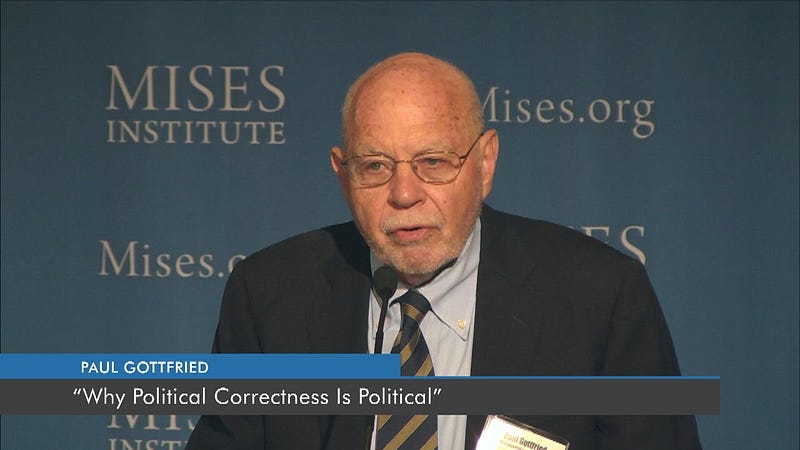
The controversy surrounding Dr. Paul Gottfried’s visit to campus in November continues to stir as Gottfried himself released an article on Jan. 19 concerning the reaction to his visit. The article, which was published on the website of the James G. Martin Center for Academic Renewal, an education non-profit based in North Carolina, criticized the Hamilton community’s response to his visit.
National Review
, a major American conservative magazine, picked up his statement on Jan. 22 in an article further criticizing Hamilton’s response.
In Gottfried’s 975-word piece, he defends himself against accusations of racism; the historian also defends his academic record and qualifications for speaking on the subjects on which he was invited to discuss. Gottfried, who is the former Horace Raffensberger Professor of Humanities at Elizabethtown College, and is a graduate of Yale University’s doctoral program in political science, also used his statement to criticize President Wippman. “Like so many other academics,” Gottfried writes, [President] Wippman pays lip service to academic freedom, but then sides with those who would stifle discussion of ideas that might upset any hypersensitive student or professor.” Gottfried also criticized the student responses to his visit by calling out a student who wrote that President Wippman’s response was insufficient.
In “The Corner,” which is one of the blogs on
National Review’
s website, George Leef, who is a regular contributor to
National Review
and is the director of the John William Pope Center for Higher Education Policy, further criticized the response of the Hamilton community.
Leef describes the reaction of the Hamilton community as a case of “a few social-justice warrior-type students [making] up allegations of racism and their ideological buddies on the faculty [feeling] compelled to make a big fuss.”
Leef criticizes President Wippman as well, writing that “Wippman couldn’t be bothered to find out if the charges have any validity. Academic leftists can’t be bothered with truth when feelings of students are involved.”
The Spectator
addresses the claims made by these articles in this issue’s editorial, which can be found on page 4.

















